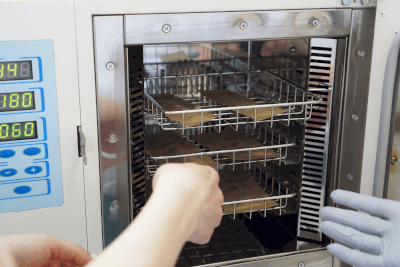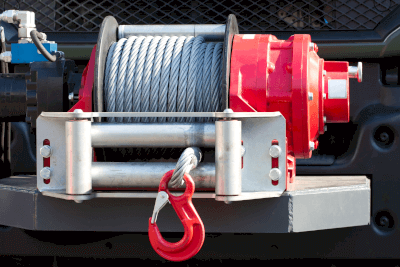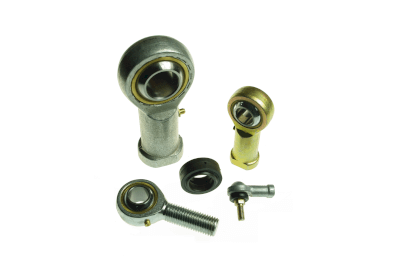What Is Image Editing Software?

Image editing software is software used to edit images, illustrations, and photographs.
There are two types of images: bitmap images and vector images. Bitmap images are composed of a collection of pixels (dots) and are primarily suited for realistic representations, such as photographs and illustrations. Vector images, on the other hand, are graphic data expressed in mathematical formulas and are suitable for simple designs such as logos and illustrations because the quality of the image does not deteriorate when scaled up or down.
Image editing software offers a wide variety of editing functions. For example, with bitmap images, it is possible to crop, correct color tones, add effects, and erase backgrounds. Vector images, on the other hand, allow you to transform and duplicate shapes, change colors and lines, and add text.
In addition, many image editing software programs allow you to edit each part or area of an image using a feature called layers. Generally, Adobe Photoshop and Illustrator are used for professional purposes, while free online tools such as GIMP, Paint.net, and Canva are used for personal use and minor editing. Recently, many image editing applications for smartphones are also available for easy editing.
Uses of Image Editing Software
Image editing software is used for a variety of purposes, including processing, modifying, and designing digital images. Common uses include the following:
1. Photo Correction and Processing
For example, color correction, brightness and darkness adjustment, red-eye correction, noise removal, and many other corrections can be made. It is also possible to add effects to photos and crop them.
2. Website and Advertisement Creation
It is used for various design tasks, such as creating illustrations and logos, banner advertisements, and processing photos of products. Recently, it is also increasingly been used for SNS and blogs.
Image editing software is also useful for processing photos taken with smartphones and creating images to add to Instagram stories.
3. Education and Research Fields
Image editing software may be used to analyze CT scan images in medical research.
In general, image editing software is widely used in a variety of fields.
Principles of Image Editing Software
An image consists of pixels with RGB color information, where RGB stands for Red (red), Green (green), and Blue (blue). Each color component is represented in the range 0-255 in most processing systems, and the color is determined by the combination of values.
Editing an image is a matter of using various algorithms to alter these pixels. To give an example, histogram transformation is a method of processing contrast correction, brightness correction, and color correction by transforming the luminance values of an image.
A histogram is a graph that shows the distribution of luminance values in an image. Images with low contrast tend to have a histogram concentrated within a certain range.
To correct the contrast of such an image, it is necessary to broaden the histogram. An evenly distributed histogram of an image can be used to correct contrast and is also used for brightness correction.
How to Select Image Editing Software
1. Target Image Format
The software you choose depends on whether you want to edit bitmap or vector images.
2. Features Included in the Software
Image editing software offers a wide variety of features, but it is important to select the features that best suit your purpose. For example, if the purpose is to enhance a photo, you will need features such as color correction, tone correction, sharpening, and retouching.
Some software specializes in portrait photography, removing unwanted objects, cropping, etc. In the case of specialized software, operation is easy to understand, so even beginners can quickly master the software.
3. Online/Offline
Online services that can be used from a browser do not require much in the way of PC specifications. However, offline software requires relatively high PC specifications.



